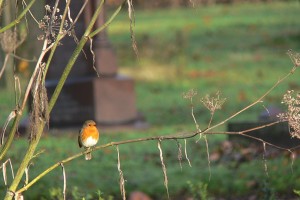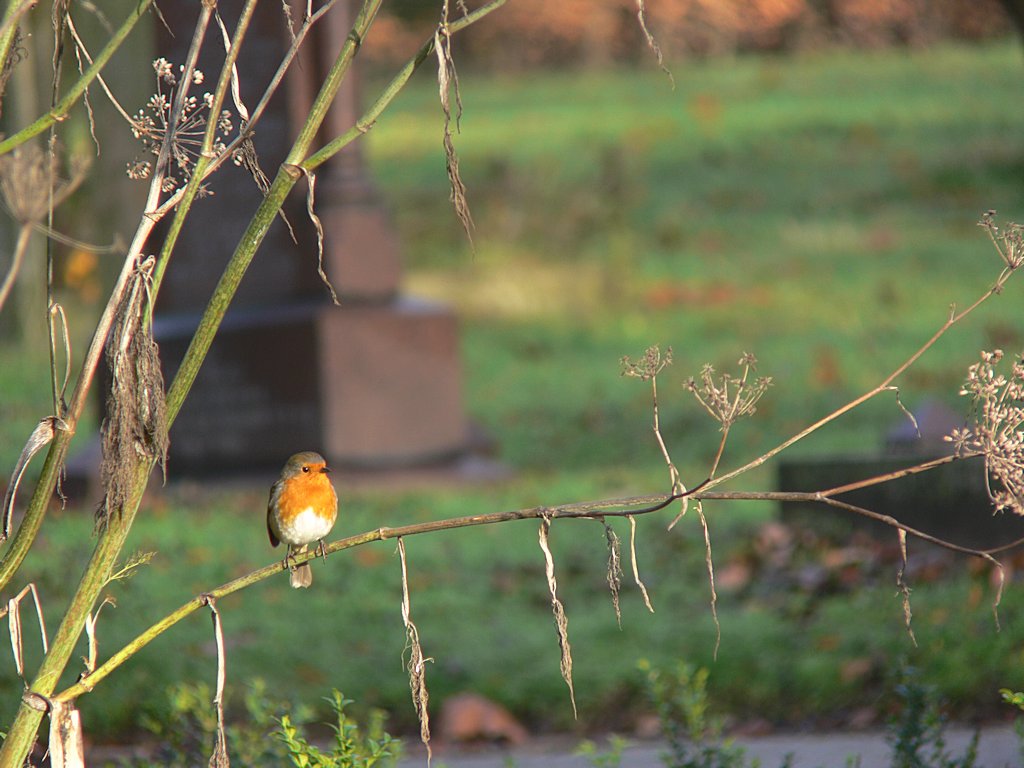 Bird count. Each month a bird count is made.
Bird count. Each month a bird count is made.
There is a pleasing predictability about it, yet it brings some exciting surprises from time to time.
Recent counts have included our usual residents with seasonal visitors.
The resident peregrines on the nearby hospital bred a healthy juvenile this year.
Blackbirds still remain scarce following the Usutu virus attack of summer 2020.
The seasons
The winter months are often cold first thing, yet are good for visibility – with no leaves on the trees. Spring is full of birdsong from our resident bird population and nest building and feeding of young. We have a number of thick hedges that provide cover despite the high foot fall – commuters walking between tube and hospital or home, and good cover from the high population of squirrels always ready for an egg or two. August becomes the quiet month when bird song drops to its lowest, and autumn the birds are hopefully building up strength for winter. We often see wood pigeons and others gorging on berries. Seasonal visitors include the large flocks of redwing (with fieldfare intermingled) that we have had visit in recent years around the January/February time, the swifts overhead from May until end of July and the flocks of starlings when the areas of long grass begin to set seed.
Common sightings
There is a group of birds that we always see and who hold territory. This includes blackbirds, crows, blue tits, great tits, robins, wrens, wood pigeons, feral pigeons, magpies, dunnocks, goldfinches. We often see jays, long tailed tits, ring necked parakeets, starlings, greater spotted woodpeckers, chaffinches, greenfinches, mistle thrushes, (the occasional song thrush) and fieldfares amongst the redwings in winter. From time to time we see goldcrests and also coal tits.
Overhead
Above us there are often gulls and cormorants from the nearby Thames – and the occasional sparrow hawk or kestrel, but we don’t count these. The most spectacular of the birds of prey are our two peregrine falcons that rear their young on a balcony on Charing Cross hospital. We see them perched on one of what look like down pipes, watching us as we record them.
How the count is done
We carry out the bird count at the same time of day once a month, and walk the same course – clockwise around the perimeter starting from the north gate. It usually takes 90 minutes to 2 hours. Certain species are harder to record as they move around a great deal. We make an educated guess of who we have counted already, sometimes going by how many we can see at any given time. This tends to include crows, wood pigeons, feral pigeons, redwings, goldfinches and long tailed tits. We find the birds often by sound, picking up song and then stopping and looking carefully for the bird we expect to see. Movement, even in leafy trees, is very useful, and a knowledge of what habitat different species favour – starlings in the grass, blackbirds on the ground under the hedges, wood pigeons in the big trees, smaller birds in the shrub and hedges, robins begging to be seen. We also know different parts of the cemetery favoured by different birds, and who we expect to see on the birdfeeders in neighbouring gardens over the wall. We don’t record if not sure, but we do make a note of those heard but not seen.

